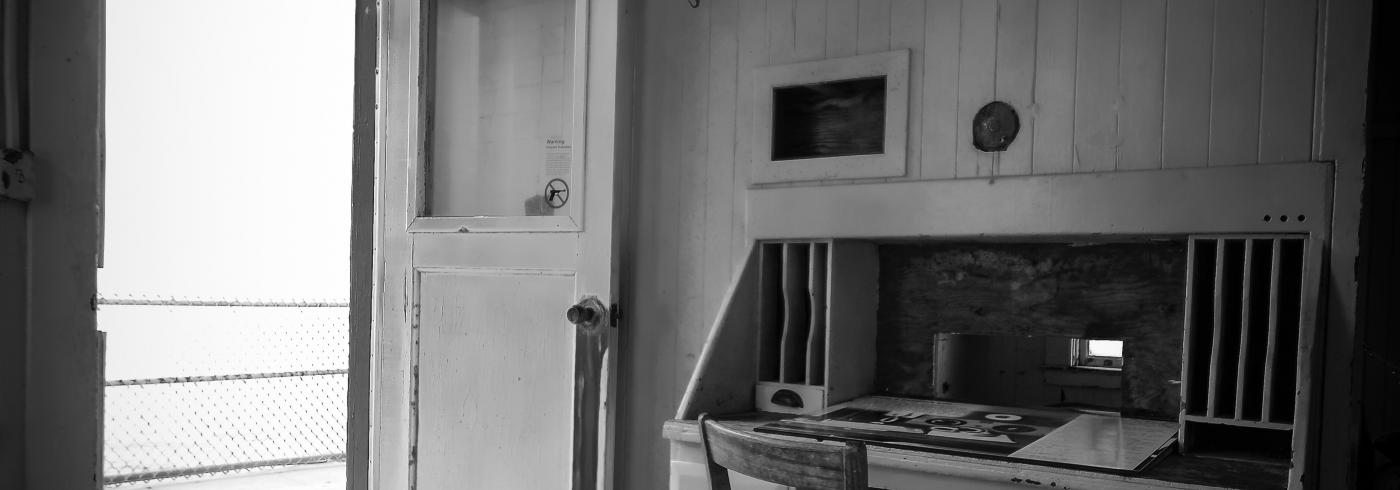
Daniel, let's start with you telling us about yourself and your work!
I'm a front-end developer at Talis where I help ensure our software can be used by as many people as possible.
What qualifications do you have that have influenced your work?
As part of my Computer Science degree, I opted for a number of modules around Human-Computer Interaction (HCI), while my dissertation examined the emerging field of "rich internet applications". Otherwise, I have no formal qualifications - some has been self-taught, other knowledge has been gained from people around me, and a fantastic web-standard community online!
Why accessibility? What does accessibility mean to you?
I guess, why not? Why limit the number of people who can use your website; visit your campaign; engage with your content? If the very first website can be considered accessible, with all our modern technology and tooling, why are we imposing constraints and removing access?
How has your approach to accessibility changed over time?
I think my perspective on just 'who' it might benefit has changed and widened over time. Originally, I may just have considered a user who is visually impaired and helped make improvements for their experience. But there is a whole range of scenarios to consider: somebody holding their shopping in one hand, and trying to use your application in another might struggle to reach interface elements. Somebody with dyslexia might be struggling to make sense of tightly packed copy.
How would you convince someone that is anti-accessibility that it is important?
I'd hope to ask them why they actively want to turn down the clicks, views, and the money, from an expanded audience! I'd also remind them that inaccessible websites and applications may leave them open to legal action: in the USA, Dominos is facing a rather large fine for refusing to make their website accessible. In the EU, public-sector content must be accessible.
Who benefits from accessibility in your opinion?
I believe everybody benefits - design for the few can actually be the best design of all. There are examples outside of the digital world, such as OXO's Swivel Peeler, which came about because the designer's wife suffered from arthritis and was struggling to hold an existing peeler. Between them, this is how the large, rubbery, handles came about for their 'Good Grips' range.
What are some user experience (UX) concerns to be aware of?
The increase in richer experiences online is a good thing, but sometimes the fancy animations and transitions can make it harder for people to use your website. This can be done with a toggle on the website itself, but by authoring these styles inside a "Reduced Motion" media query, we can start things off by using the preferences set by the user on their device!
Thank you to Daniel for taking the time to talk to us!